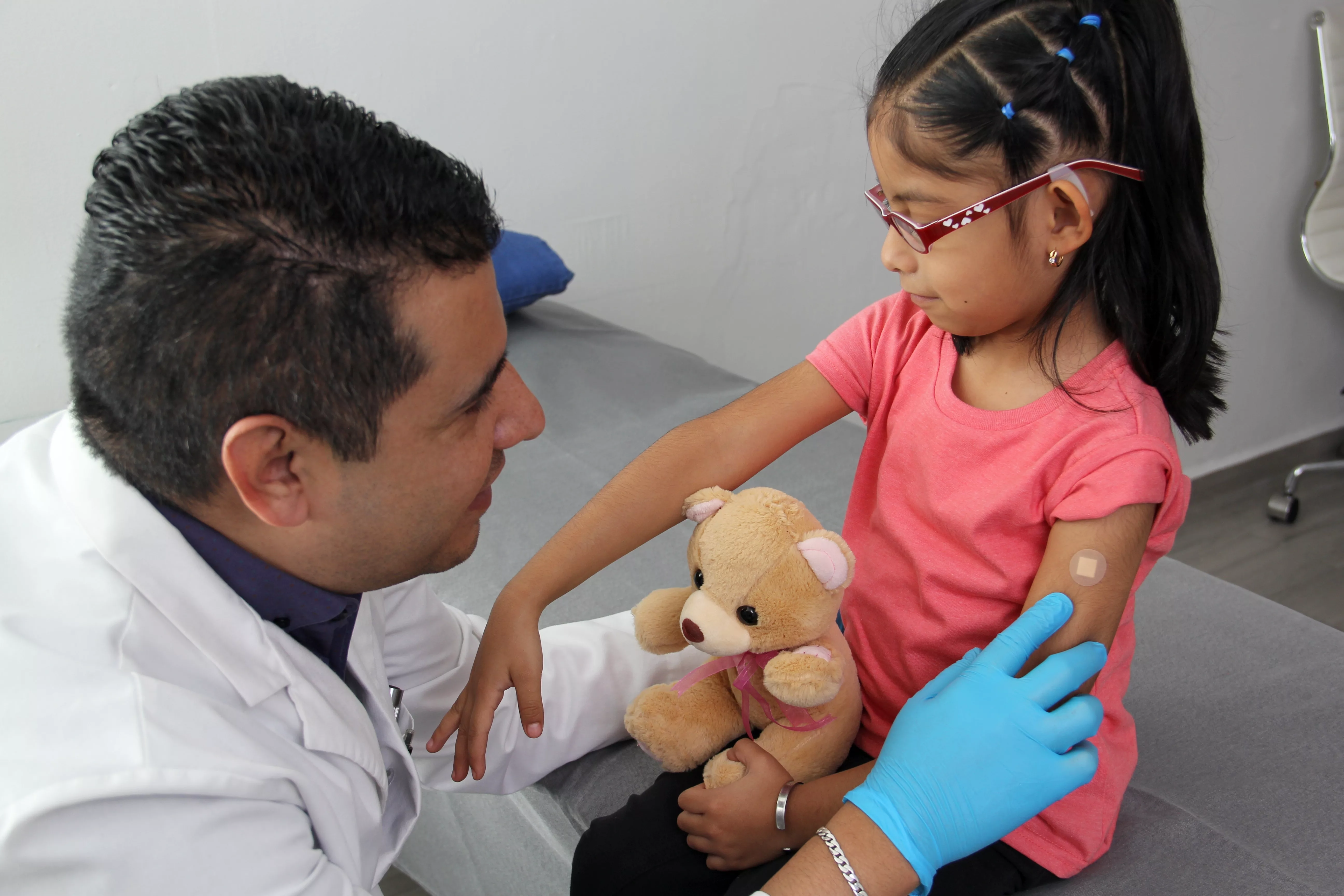
As a national leader in preventive care, Kaiser Permanente offers an extensive array of services to residents throughout Sonoma County with a special effort made to serve the North Bay’s growing Latino community through culturally responsive services and comprehensive integrated care.
One of Kaiser Permanente Santa Rosa’s premier examples of incorporating the voice of the patient to better meet the needs of the Latino community is through La Clinica, a dedicated Spanish language family medicine clinic that includes pediatrics, gynecology and adult medicine.
“It’s a completely Spanish-speaking module housed within the medical center, where all of the posters and patient-facing materials are in Spanish and all of the medical assistants, nurses, and doctors are bilingual and bicultural,” says Dr. Robert Martinez, associate program director for Kaiser’s Santa Rosa Family Medicine Residency Program. “Patients create very strong relationships with La Clinica. They will wait until they can get an appointment with their doctor, they don’t like to go anywhere else.”
The team maintains community relationships through a dedicated patient-advisory committee, Consejo Latino, which holds all meetings in Spanish. “They give us guidance on our services and the quality of our care experience,” says Heather Kauth, project manager for Outpatient Quality and Care Experience. “We started it in 2008 and it’s one of our oldest patient-advisory committees here in Santa Rosa.” Kaiser Permanente Santa Rosa has over 18 patient advisory groups.
The committee also played a role in inspiring Dr. Carlos Garcia, module chief of La Clinica, to establish the clinic over a decade ago. “They told us that having their own clinic would be a really good way to make people feel comfortable coming in to receive care,” says Dr. Martinez. “We realized this would be a positive way to approach this. And then we actually did it!”
The clinic works so closely with the community that when staff realized patients were missing appointments during the fall crush, they created an after-hours clinic to work around the harvest schedule, says Martinez, who is also director of residency diversity, equity, inclusion and antiracism. As part of its equity and inclusion programs, Kaiser Santa Rosa makes an effort to provide all health education materials and programming in Spanish, and Spanish-speaking members are connected with language-appropriate providers for as many conditions as possible.
“We have been conducting a comprehensive language-equity project, looking across the medical center and making sure that everything we offer in English is also available in Spanish,” says Senior Health Educator Margaux Permutt. “We’re setting this as an expectation and from now on everything we create is created in both languages from the get-go.”
The Health Education department, which offers an array of services including self-care classes, community outreach and health promotion materials, is working to expand its diverse workforce. “At least 75% of our health educators are bilingual and bicultural,” says Nancy Bouffard, director of health education and employee, community and worksite wellness.
Noting that attendance at virtual-only health education classes plummeted during the pandemic, the department restarted classes in-person as soon as possible resulting in full classes. Classes are also offered on evenings and weekends to accommodate the working schedules of the community. Up next will be Spanish-language video classes for back, shoulder and knee injuries, which are among the most common causes of chronic pain and disability. “We’re really trying to match the offering with the need, in the time that works for them, and in the modality that meets their needs,” says Permutt.
Outreach for screening, a cornerstone of preventative care, is a top priority. “We try to address preventive care when we have the patient in house, and we also have multilingual outreach services,” says Bouffard. “We have 26 different measures we’re tracking and working on all the time, and at every interaction with our system we promote cancer screenings, make sure patients are getting tested for A1C and monitored for hypertension, and we make sure our diabetic patients are receiving retinal screening.” Mammograms and other screening services are offered evenings and weekends, and pharmacists actively reach out to support medication compliance and management.
In many cases, patient outreach is handled with a personal phone call rather than a secure message. “It’s another way to make that personal connection and we can offer counseling with the outreach call and answer any questions they might have,” says Maria Schiff, bilingual clinical health educator.
Adds Kauth: “It’s part of Kaiser’s DNA to focus on prevention, and for our key health measures, we look specifically at different populations to make sure we’re giving equitable care. It’s the crux of what we do.”



